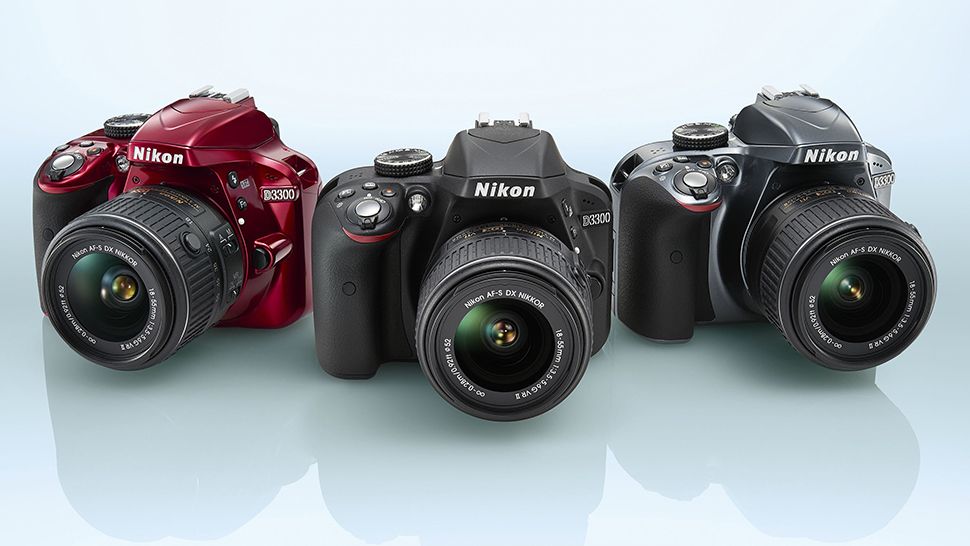

From the top, these start with a microphone input (still relatively rare in a product at this level), followed by the USB/AV port, an HDMI connector and a GPS/wired remote socket. The D3200's ports are ranged down its left flank. What it might mean, however, is that every now and then, a scene element might just creep into one of the corners of your shot that you didn't see when you were taking the picture. This is what 95% coverage looks like - as you can see, a portion of the image area is not shown in the viewfinder, but for normal day-to-day use, it doesn't matter much. It's very marginally larger than the Canon EOS 1100D's (0.48x) and marginally smaller than the Pentax K-r's (0.54x), but it's not a patch on the finders in Nikon's D7000 and FX-format D800, partly because the D3200 uses a pentamirror, rather than the brighter but more expensive penta prism found in the higher-end models. These numbers might not mean much, but in normal shooting, the D3200 offers a reasonably large, bright finder which compares well to its entry-level APS-C format peers. The viewfinder of the D3200 is basically the same as its predecessor, and offers coverage of 95% and a magnification of 0.8X. The size of the viewfinder is a key factor in usability - the bigger it is, the easier it is to frame and focus your shots, and the more enjoyable and involving process it is.īecause of the way viewfinders are measured (using a fixed lens, rather than a lens of equivalent magnification), you also need to take the sensor size into account, so the numbers in the diagram below are the manufacturer's specified magnifications divided by the respective 'crop factors'.

One figure hidden away in every SLR's spec is the size of the viewfinder (often in a format that makes comparison between competing models impossible).


 0 kommentar(er)
0 kommentar(er)
